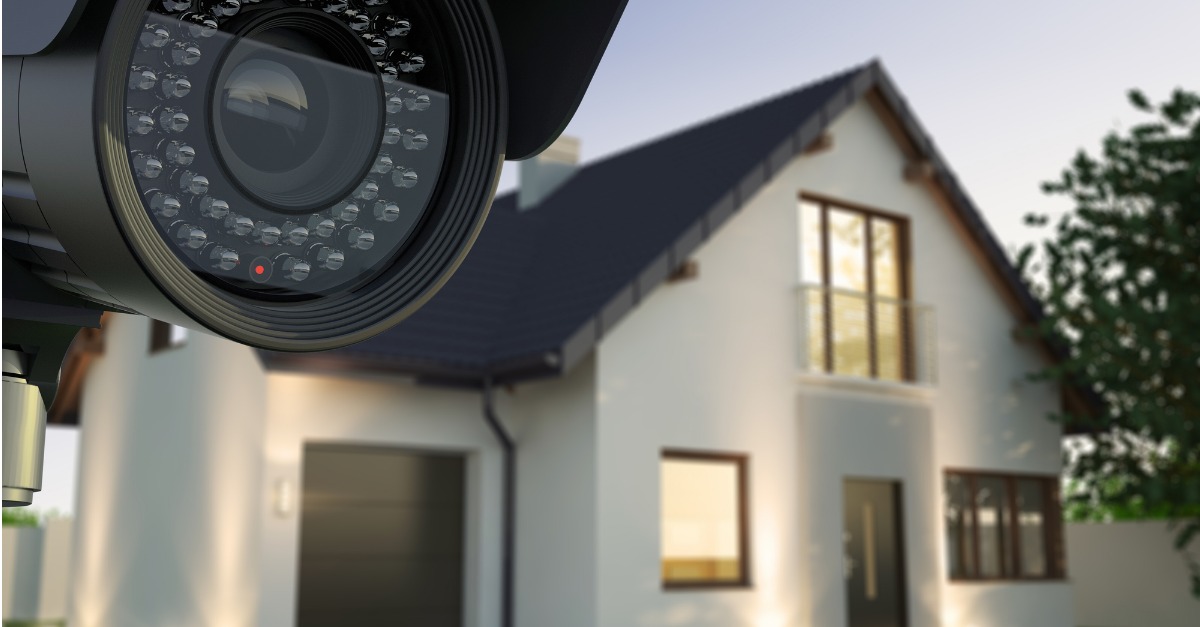
Best Places to Put Home Security Cameras
With a variety of home surveillance kits available, many handy homeowners have chosen to install security cameras themselves. The installation process can be easy, but knowing the proper way to place and angle the cameras is vital to keeping your home as safe as it can be.
The most important factor in judging where to place a camera is simple: Your home is your home. You know what the layout is and where the most important rooms are. Before you begin placing any equipment, consider some basic questions about your home’s surveillance needs: What parts of your home are you most concerned about? Are there spots on your property that aren’t plainly visible to the street or neighbors? Do you need to keep any local camera placement laws in mind?
Consider the usual entry points for potential burglars when casing a home. With over 80 percent of burglars entering a home through the first floor, whether through doors or windows, it’s especially important to keep the entirety of your property’s entryways covered. At the same time, placing cameras in low areas—and, thus, in easy reach of criminals—may negate their usefulness.
If you find you have a lack of safe places to put a camera, consider looking into protective caging for your equipment to protect it from being knocked out of order or covered while you aren’t looking. This is also a good time to contemplate what special tools you may need to complete your installation, so ensure you read the camera system’s instructions for its recommended outfitting requirements.
While losing a camera can mean losing important evidence to help identify vandals or thieves, there are clever ways to keep yourself safe that might goad a criminal into making a misstep. Placing a dummy camera in obvious sight not only deters crime by showing you keep your home under tight watch, but it also gives an easy target to potential burglars that can distract them from hidden cameras that catch them in the act. As an added bonus, dummy cameras are typically far cheaper to replace than professional models.
Most importantly, you must consider the needs of each camera when placing it. Cameras cannot focus on multiple ranges and angles at once, so if you want to catch a trespasser’s facial features, mounting your camera up too high can blur distinctive features, but a raised camera may have a better chance of picking up a car’s license plate when placed overlooking your driveway.
In the end, even poorly placed cameras will offer better home security than not having any at all, but there’s no reason to leave proper home security to chance. Knowing how to place your first line of defense can keep you safe before and after any crime, and knowledge is always your best weapon.

